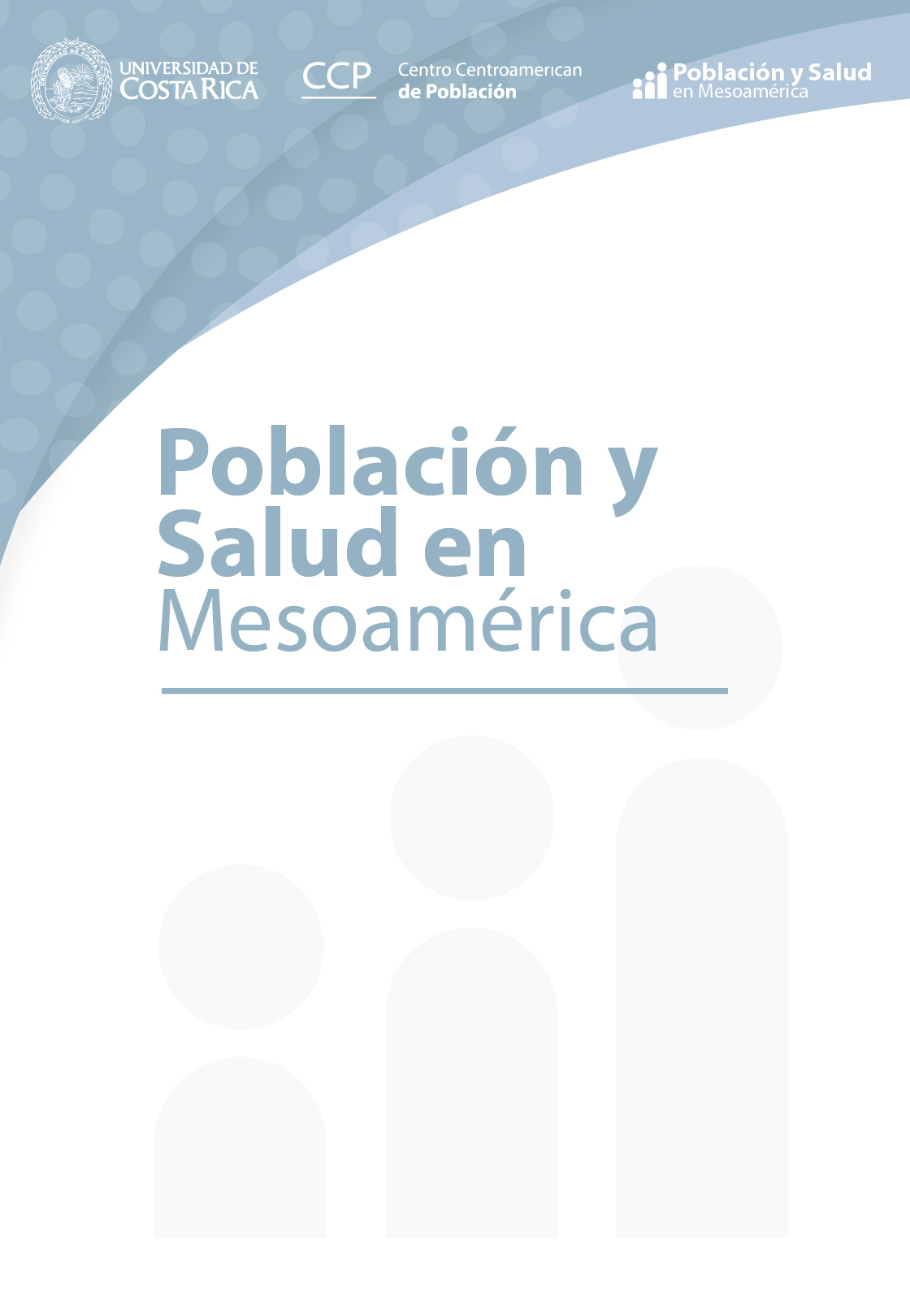Abstract
Introduction: cervical cancer is responsible for 7% of deaths from some type of cancer in women in the world. In Costa Rica, an average of 320 cases is diagnosed and 140 women die from this disease each year. Objective: identify barriers to timely detection and treatment of cervical cancer according to healthcare access dimensions in Costa Rica. Methodology: a qualitative systematic review of literature was carried out between May and September 2021. Articles using quantitative, qualitative or both methods published between January 2010 to June 2021 from a primary or secondary source that identified barriers to healthcare access from general population, users or health personnel in Costa Rica were analyzed. Results: 9 scientific articles were selected. The 5 dimensions and 26 barriers of the Tanahashi model were identified: 12 corresponded to the availability, 5 to accessibility, 3 to acceptability, 2 to contact coverage and 4 to effective coverage. Conclusions: the barriers to accessing medical care are multiple and are present in all the dimensions described in the Tanahashi model. The findings of this study highlight the importance of addressing barriers in all dimensions. Addressing some access barriers can be complex. However, other variables are relatively simple to address at the system, policy, or practice level.







